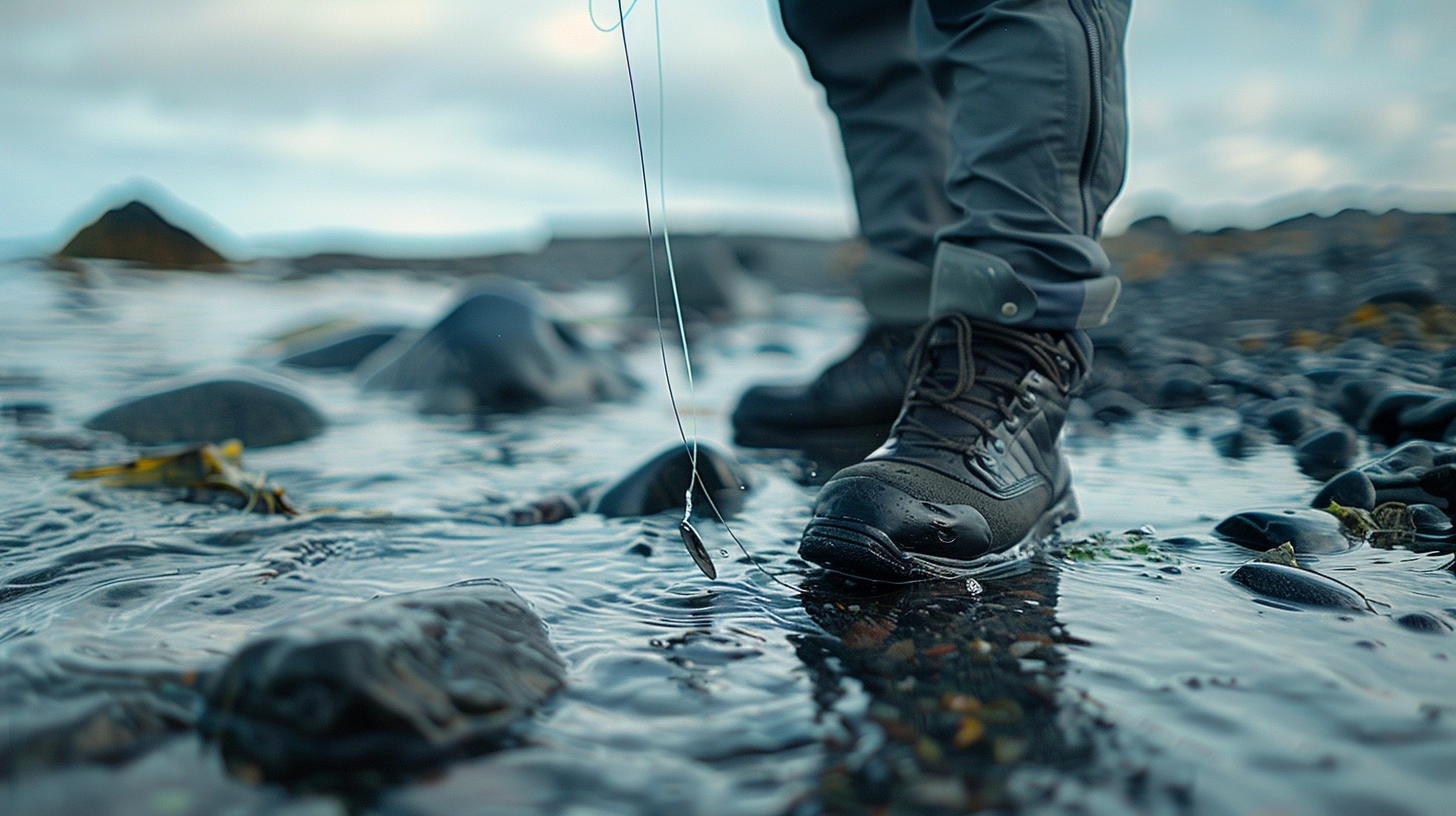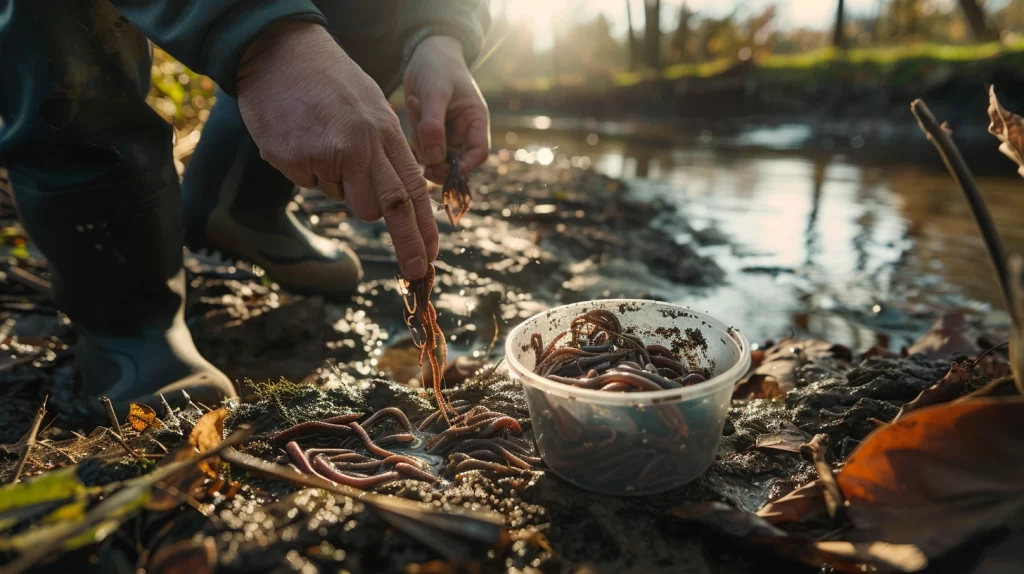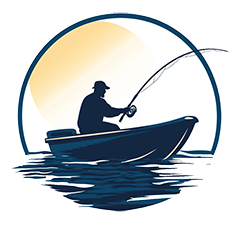
In challenging scenarios where resources are scarce, having the knowledge and skills to procure food with these top 7 emergency fishing tips can be a vital asset. When faced with unexpected circumstances, the ability to rely on alternative methods for catching fish can make a significant difference in one’s chances of survival. From utilizing unconventional tools to mastering specialized techniques, the art of emergency fishing encompasses a range of strategies that can be essential in ensuring sustenance and resilience in the face of adversity.
Table of Contents
Essential Fishing Supplies

When it comes to fishing in emergency situations, having the right tools can make all the difference. Essential fishing supplies such as hooks, lines, swivels, weights, and reels are crucial for a successful catch. It is recommended to carry a variety of hook sizes and have 40-50 hooks with 1-2 long reels of line to be prepared for diverse fishing scenarios. Speed Hooks are particularly useful as they can increase the chances of catching fish quickly during emergencies.
Adapting fishing tools to suit different fish sizes based on elevation differences is key in emergency fishing situations. In cases where traditional gear is not available, it’s important to be able to improvise fishing gear using resources like branches, vines, or even clothing materials. Being ready and adaptable with your fishing gear can greatly enhance your chances of survival when relying on fishing for sustenance in an emergency.
Emergency Fishing Tips – Selecting the Appropriate Fishing Gear for Emergency Situations
Setting Multiple Fishing Lines

Setting multiple fishing lines strategically can significantly enhance your chances of catching fish. By hanging baited hooks on low branches or utilizing different tree branches, you can target fish in various depths and locations simultaneously. Placing fishing lines near cover like grass and weeds can further optimize your fishing success.
Line Placement Techniques
To improve fishing success, strategically placing fishing lines on tree branches can expand the fishing area and increase catch chances. By hanging baited hooks from low branches over water and setting multiple lines from different branches, a wider coverage can be achieved. Experimenting with different line placements and bait options, like gorge hooks, can optimize fishing success. Consider water depth and fish movement when placing lines for best results in a survival fishing situation.
Safety Considerations
When establishing multiple fishing lines, prioritizing safety measures is paramount to prevent potential hazards and ensure a secure fishing environment. Secure all fishing lines properly to avoid entanglement and accidental injuries. Regularly monitor all lines to prevent tangling or gear loss, especially in a survival situation. Use brightly colored markers or flags to clearly identify fishing lines, enhancing visibility and safety, particularly in low light conditions. Ensure that hooks are securely attached and baited, keeping safety in mind when handling sharp objects near water. By following these safety considerations, you can enjoy the freedom of setting multiple fishing lines while minimizing risks and maximizing your fishing experience.
Identifying Prime Fishing Locations

When searching for optimal fishing spots, take into account the significance of water depth and the existence of underwater features such as rocks or vegetation that attract fish. These areas may include tranquil waters near shorelines, docks, branches hanging over the water, or areas where currents meet and draw in fish searching for food. Deep holes or sudden changes in water depth are also excellent spots where fish gather, and indications of fish activity like jumping, splashing, or birds feeding can aid in identifying potential prime fishing locations.
Water Depth Importance
When choosing fishing spots, water depth is crucial. Fish tend to prefer deeper waters for safety and food, making them ideal for fishing. These areas have different depths and structures that attract a variety of fish species. Knowing the water depths helps target specific fish and requires adapting fishing techniques and gear. Recognizing the significance of water depths improves the chances of catching different fish species.
Underwater Structure Spotting
To find good fishing spots, explore underwater structures that provide cover and attract different fish species. Look for places with rocks, logs, or submerged vegetation where fish can hide. Also, search for areas with changes in water depth, like drop-offs or ledges, as fish often gather there. Pay attention to water temperature variations and areas with currents or eddies, as fish prefer comfortable temperatures and are drawn to these features. Watch for signs of fish activity such as splashing, ripples, or birds diving, as these indicate potential fishing hotspots. By observing these details, anglers can improve their chances of finding abundant fish populations.
Fishing From Tree Branches

Fishing from tree branches offers advantages like an elevated view, increased chances of catching fish with multiple lines, and the ability to hide from fish. Using baited hooks on low branches attracts fish, and experimenting with bait options is important. Fishing from tree branches gives a unique viewpoint and improves your fishing experience outdoors.
Using Balloons for Bait
Using balloons as floats with baited hooks can be a practical and effective emergency fishing technique. Choose white or gray balloons, as they attract fish towards the bait. By strategically placing baited hooks at different depths and distances from the shore, you can improve your chances of catching fish. The buoyancy of the balloons allows you to reach areas that are difficult to access. This method is especially valuable in emergency fishing scenarios with limited access to conventional fishing gear. Proper placement and presentation of the bait are crucial for success.
Finding Natural Bait Sources

Scouring diverse habitats for natural bait sources is essential for securing a reliable food supply when engaging in emergency fishing activities. Worms, insects, grubs, and larvae found in soil, under rocks, or decaying matter are excellent options for bait. Look for baitfish like minnows, shiners, or small fish in shallow waters or near vegetation to use as effective fishing bait. Additionally, crayfish, shrimp, and small crustaceans are commonly found in freshwater bodies and can attract various fish species, providing a diverse range of natural bait options.
In certain environments, utilizing natural plant-based baits such as seeds, berries, or fruits can be highly effective for luring fish, especially herbivorous species. To enhance your emergency fishing success, it’s crucial to understand local ecosystems and seasonal variations. By identifying abundant natural bait sources based on the ecosystem and time of year, you can significantly increase your chances of catching fish in emergency situations.
Fishing In Cover With Raft/Canoe

Fishing with a raft or canoe allows anglers to navigate secluded areas, increasing their chances of catching fish. These watercraft provide better maneuverability, stability for precise casting, and a silent approach to avoid spooking fish. Angling in cover-rich environments enhances the efficiency of reaching prime fishing spots for a better overall fishing experience.
Emergency Fishing Tips and Techniques for Success
Maximize success in emergency fishing by using effective techniques to attract and entice fish. Set multiple fishing lines for better chances of catching fish. Hang baited hooks from low branches over water to attract fish. Experiment with bait options and adapt to local fish preferences. Study fish behavior and adjust fishing strategies accordingly. Use portions of caught fish as bait to attract more fish. Incorporate these strategies to improve chances of a successful catch in emergency fishing.

